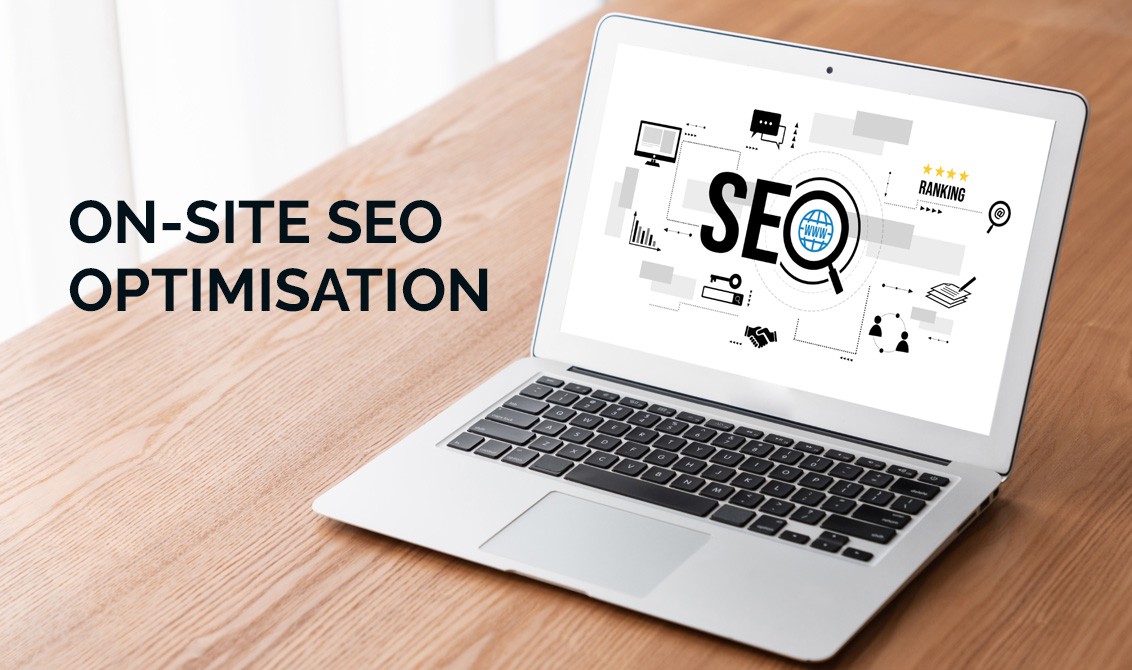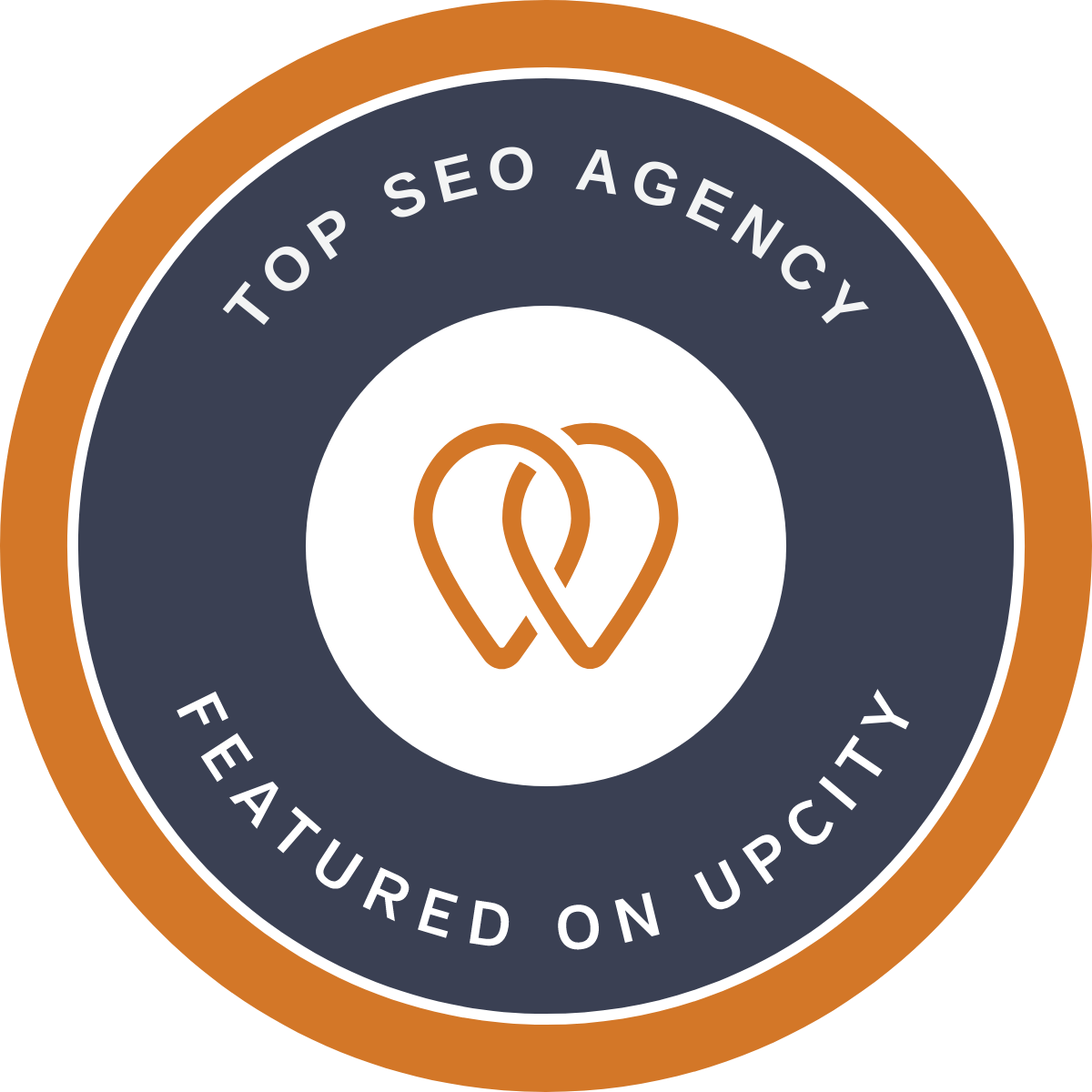
The four pillars of SEO are Technical SEO, On-site SEO Optimisation, Content, and Off-Site Authority Building. Technical covers optimisation of your website code and structure to make it easy for spiders to crawl. Content deals with making sure your website is relevant to users and search engines. Off-page involves building links to your content in order to boost its overall visibility.
Properly optimising each of the four pillars will ensure that both users and search engine algorithms can parse and comprehend your content, boosting the chances of your site ranking higher in the SERPs.
Now let’s take a dig into the 2nd Pillar of SEO, i.e. On-Site SEO Optimisation
On-site SEO is an important pillar of any search engine marketing strategy. Optimising a website can have many meanings, such as speeding up performance, improving usability, or inserting keywords into the copy.
Primarily these elements must be ‘optimised’ for users and search engines in order to increase consumer conversion rates and yield higher rankings in SERPs.
Page titles and meta descriptions are essential for optimisation within the website structure. These are tags that are placed in the HTML header of each page and indicate to the search engine crawler what information is being presented within your page content.
They are then used to craft snippets of information that you may see on a SERP (search engine results page). Using relevant keywords and well-crafted titles will allow search engines to easily present your intended message for a given web page and drive more organic traffic your way.
The Main Areas To Focus On Are:
- Page Title
- URL Slugs:
- Meta Description:
- H-Tags:
- Keyword Optimisation
- Image Alt Text
- Internal Links
- Structured Data:
Page Title:
The page title is one of the most important elements when it comes to search engine optimisation (SEO). It’s the first thing users see when they come across your website, and it serves as an indication of what the content on the page will be about.
A good page title tells readers exactly what they can expect to find within its contents in a concise way. It should be descriptive, keyword-rich, up to 70 characters long, and free from click-bait.
When creating a page title, think of something that accurately reflects the content while being engaging enough to grab viewers’ attention.
Optimising page titles with relevant keywords is also essential for SEO success. An effective title uses words and phrases that correspond to those used in queries by potential customers looking for products or services similar to those you offer.
Avoid spamming your titles with excruciating amounts of keywords; instead focus on naturally incorporating them into sentences or phrases that are meaningful and grammatically correct. Search engine algorithms may sometimes generate different titles for pages if they believe yours wasn’t up to par; but remember that you as a human can create something much better than any bot!
URL Slugs:
URL slugs are an important part of a website’s link structure, providing clarity and helping to optimise the website’s SEO. Properly crafted URL slugs establish credibility in the eyes of web crawlers and improve user experience.
When crafting a URL slug, it is important to avoid overly generic terms that contain only numbers and symbols or are too short, as they won’t provide much information to search engine robots or humans trying to navigate the site.
Instead, try and create descriptive URLs that capture a bit of what the page is about. This will include some keywords from the headline or other significant information relating to that page.
Having well-crafted URL slugs can help boost your website’s visibility on search engine result pages and give users more context when viewing the link before clicking on it.
Meta Description:
A meta description is a concise summary of what someone can expect to find on a particular page. It usually shows up under the title and link in a search engine results page (SERP); the character count limit is typically 155.
Keywords placed in meta descriptions provide brief yet essential information regarding the content of the page, giving users an idea of whether it fits their needs.
If you do not create a custom meta description, search engines will generate their own by picking out the first 155 characters from your page’s content. This could lead to irrelevant information being shown as your page’s snippet, resulting in fewer clicks and unsatisfied website visitors.
Therefore, unique meta descriptions that mention specific features or include a call to action can be beneficial for user experience as well as SEO performance.
H-Tags or the Heading Tags:
Using H-tags to break down the content on web pages is a great way to make it easier for users and search engines to understand its structure and context. This can help improve the overall readability of the page, as it helps readers easily identify sections, subsections, and topics.
Using H-tags also allows spiders such as Googlebot to measure how important certain sections or topics are properly. Google will use this information when generating its SERP features like featured snippets, which can generate more traffic for your site.
H-tags should be used sparingly and only when they are needed. Good structure doesn’t always need to be complicated, but putting effort into organising your page’s content can greatly benefit your SEO rankings in the long run.
Keyword Optimisation:
Keyword optimisation is a necessary step for any content marketing strategy. By having the right words dominating your content, it helps you make sure that your business is able to have the most amount of visibility when people are searching for related topics on search engines such as Google and Bing.
To be successful with keywords, it’s essential that you use them properly and in the right places. Start with the main ones in your headline, subheadings, meta description, and URL to ensure that crawlers can easily identify what your page is about.
Additionally, don’t overuse them or practice keyword stuffing as this may affect your rankings due to penalties by search engines or turn off potential visitors who find it unnatural and annoying.
Finally, diversify the terms by including synonyms and other variations so that you can cover different aspects of content related to your topic – this adds more value while also making sure there are enough opportunities for people to find what they need from your website.
Image Alt Text:
Alt text is a great way to boost user experience and search engine optimisation. It is used to provide additional information about the content of an image. This helps improve accessibility for individuals with disabilities as well as providing valuable information to search engines that allow them to understand better what’s on the page.
Not only will including an alt text description help make sure your site complies with web accessibly, but it can also serve as a great way for search engines to rank your website more favourably.
When opting in for SEO, it is important to note that having the right alt text will be beneficial. It allows the bots viewing your page to easily understand what they see and ensure they give you credit for visual content.
Furthermore, should there be any issue with rendering the image, instead of blank space appearing within the webpage, it may display the alt text and the image file name, again helping out with SEO ranking by not reducing load time or having dead links on your page. Alt text should always be included when you have images on your page, making sure both users and bots give you proper credit.
Internal Links:
Internal links are an integral part of SEO and a fundamental aspect of well-structured websites. They have several uses, from helping search engine bots better understand the hierarchy and connection between pages to distributing link equity – which is how one hyperlink can boost another page’s ranking in SERPs.
Internal linking also helps keep visitors on-site longer by providing another layer of navigation and regulation over their overall experience while browsing.
Users benefit from internal links because they are provided with a clear route around the website, allowing them to find content that interests them quickly and easily. This improved navigability results in higher click-through rates as well as more buyers in eCommerce stores.
From an SEO perspective, anchor text used with internal linking signals relevancy to search engines. This helps them figure out what the pages are all about so they can rank them accordingly – and it gives webmasters extra power when choosing their target keywords for each page.
Structured Data:
Structured data and schema markup can be extremely beneficial for SEO. By marking up webpages, search engine bots receive organised information about the page’s content, ensuring that it is accurately understood.
This prevents search algorithms from becoming confused by any unrelated or confusing content on the page. Additionally, rich snippets are created using structured data, allowing for more informative and visually appealing results to be displayed in search engines. These snippets may contain images, ratings/review stars, prices, and other relevant details specific to the webpage.
As a result, pages with organised information gain an edge when appearing in the SERPs (search engine result pages) when competing with similar competitors who lack it. It is clear that structured data is an invaluable asset to have when striving for better search engine performance!
The Bottom Line!
No website is complete without on-site SEO optimisation!
On-site SEO optimisation is one of the four pillars of SEO – make sure you don’t miss out on this crucial step! With the correct efforts, you can make sure your website is ranked highly on search engine results pages and is operating at peak performance, so your customers know exactly how to find you.
To read about other Pillars of SEO, refer to the following articles:
- Pillar 1 of The Four Pillars of SEO: Technical SEO
- Pillar 3 of The Four Pillars of SEO: Content
- Pillar 4 of The Four Pillars of SEO: Off-Site Authority Building

